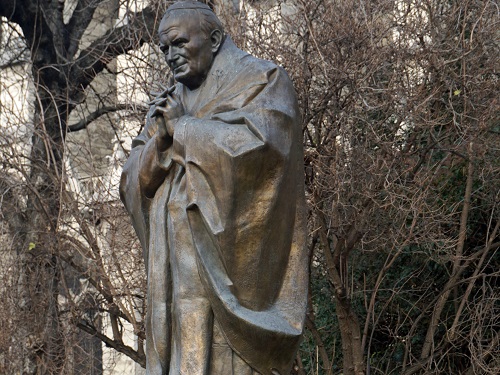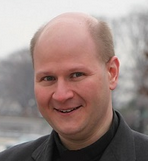
France remains so deeply wedded to secularism (laïcité) that its courts ruled a statue of Pope John Paul II can only remain in place if its cross is removed. Beyond a mere clash of church-and-state, “this case is symptomatic of the identity crisis suffered by France and Western Europe in general,” writes Priscille Kulczyk, a research fellow for the European Centre for Law and Justice (ECLJ), at the Acton Institute’s Religion & Liberty Transatlantic website. “They reject their Christian roots, culture, and identity.”
Europe’s ongoing, conscious decision to erase Christianity from its history comes as the concepts of human rights and human dignity are being redefined. Traditionally, human dignity demanded each person be granted freedom of conscience, to live according to his or her religious beliefs. Now, writes Kulczyk, those terms – and several nations’ conceptions of European identity – mean freedom from any influence of religion :
In its French meaning, secularism seems to have become an instrument to fight against the presence and influence of religion or spirituality in social and national life. As such, secularism has taken on all the trappings of an antireligious civil religion which accurately replicates that which it purports to oppose. Such a conception thus fits into the current redefinition of the terms “human rights” and “human dignity,” which seeks to “free” humanity from everything that gives it roots: culture, family, religion, etc. It appears, in the words of professor Olivier Desaulnay, as a “means of imposing complete secularization of society and liberation of minds. Indeed, anti-religious secularism considers that the true freedom of conscience is acquired by freeing and emancipating from religion, by refusing it.”
Kulczyk intertwines the saga of the Pope John Paul II statue in the French city of Ploërmel with the broader narrative of French and European policies of enforced secularism.
You can read her full article here.
(Photo credit: Mariordo [Mario Roberto Duran Ortiz]. This photo has been cropped. CC BY-SA 4.0.)

